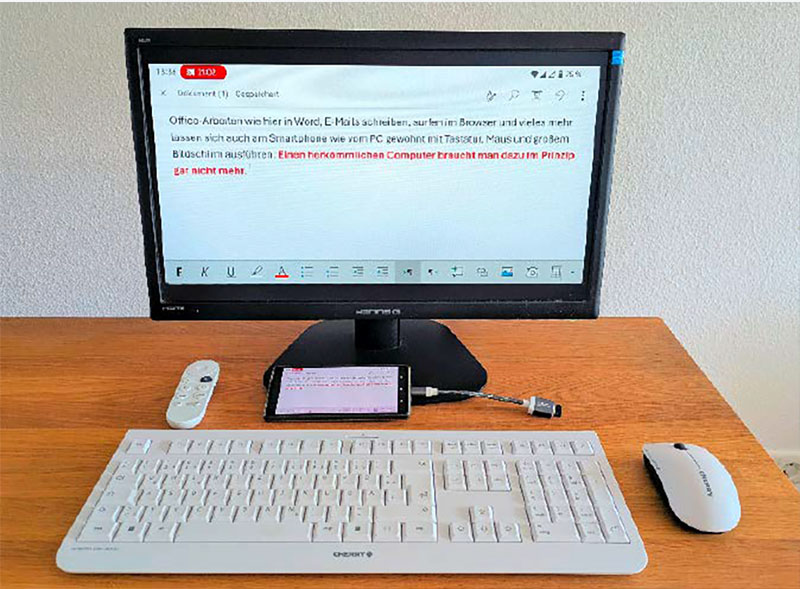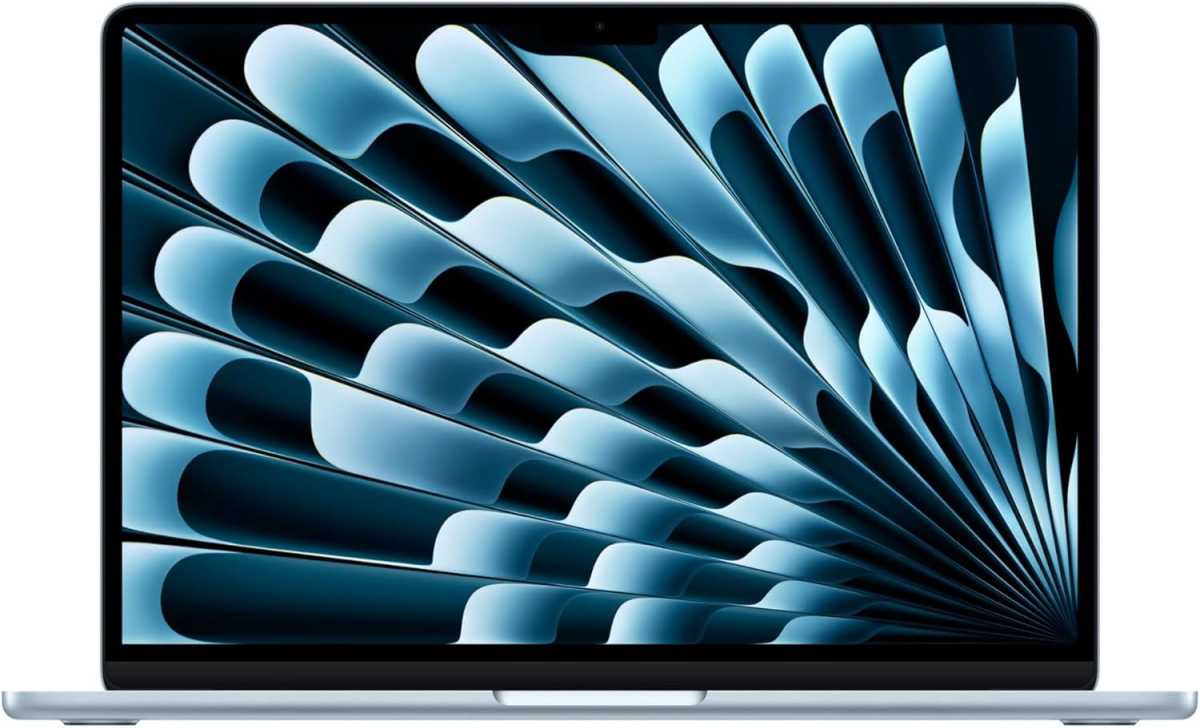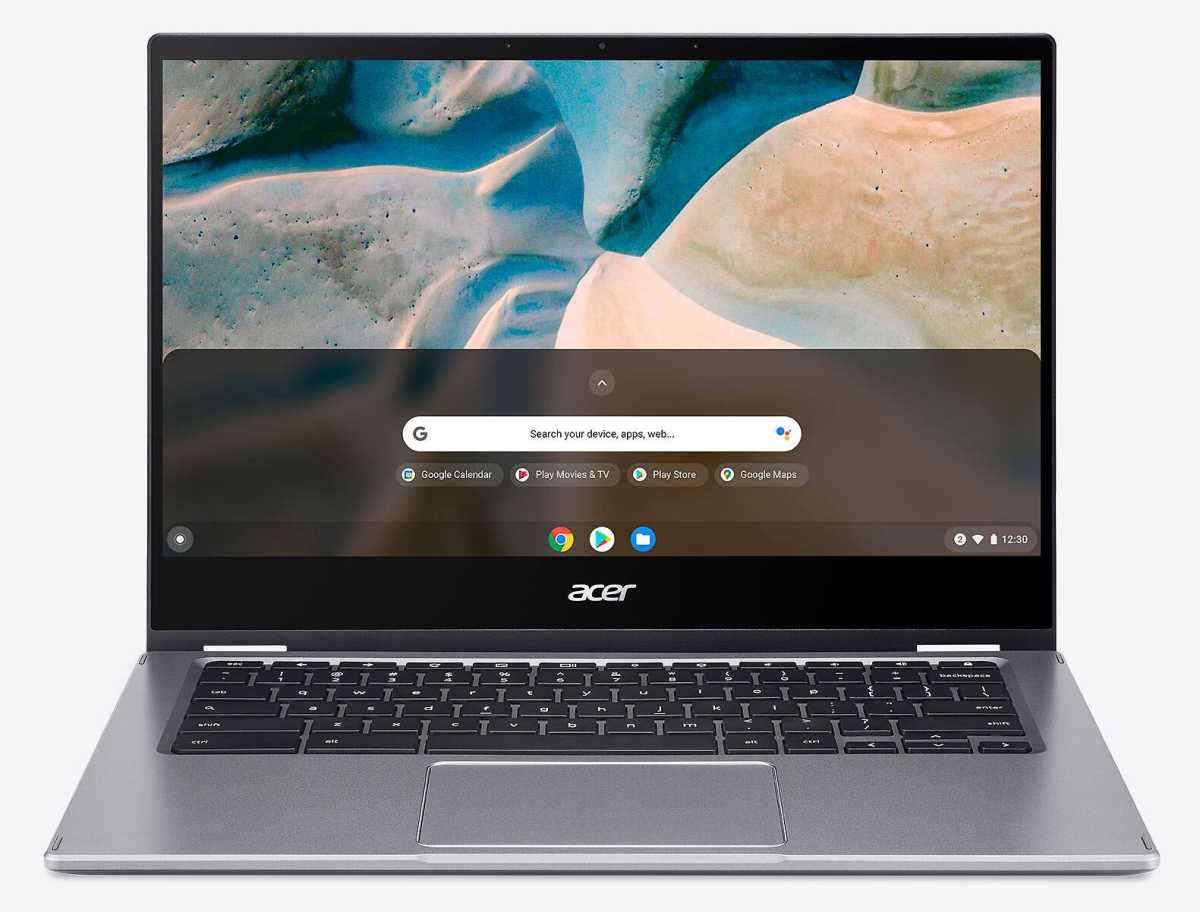If you can't install Windows 11 on your PC, you don't have to throw away your hardware when Windows 10 support ends. Chrome OS Flex and Linux are available for free, but there are other alternatives—even without a PC.
With millions of computers unable to meet the high hardware requirements of Windows 11, Microsoft has officially recommended that owners simply buy a new computer. But rather than abandoning perfectly functioning hardware, you can continue to use it safely for years to come with an alternative operating system.
The change won't cost you a cent and can be done in half an hour. You'll need a little more time to fully become familiar with your new system after years of using Windows. But you can get started right away and run your first programs. The entire operation is very similar to that in Windows, so even beginners can feel confident when switching.
Free and Easy: Linux and Chrome OS Flex for Every PC
Both open source Linux and Google's Chrome OS Flex run smoothly on older PCs and laptops.
Linux Mint Cinnamon Edition: Although the desktop is different from Windows, it is quite easy to use.
Linux
This will allow you to continue to be productive and secure on computers that are not compatible with Windows 11.
While the goal of both alternatives is the same, the implementation could hardly be more different: while Linux runs on-premises, Google's cloud-based operating system is focused primarily on the Internet.
Our advice for those new to Linux or Chrome OS: just try one (or both). It's free, easy and can even be reversed after backing up your existing Windows system and all data using Backup Aomei on an external hard drive. So nothing is broken!
Linux has as long a history as Windows, but unlike Microsoft's system, Linux was initially managed using commands on the command line.
Those days are long gone, and most distributions can be controlled just like Windows, thanks to a graphical user interface and a mouse. Linux Mint makes it easy for longtime Microsoft users to make the transition.
Here's how it works: The first step is to create a bootable installation disk. To do this, insert a USB drive (with at least 4 GB of memory) into your Windows PC, run Rufus and mount the ISO file using Linux Mint via “Select” in the program interface, click Start offactivate “DD mode”, confirm by pressing twice FINE and wait a few minutes.
Once you have backed up the Windows partition and data from the old computer, boot the computer from the installation flash drive you just created and continue with the “Run Linux Mint Cinnamon 64-bit” option.
After this, Mint will start as a live system from the flash drive. To use Linux permanently from your hard drive, double-click Install Linux Mint in the upper left corner of the desktop and connect to your wireless LAN if necessary.
Then decide whether you want to install Linux Mint alongside Windows or replace the Microsoft system entirely. Follow the below steps and complete the installation by clicking on Reboot now.
After rebooting, you will be greeted with a “Welcome to Linux Mint” message. Click on Let's go to access driver management and detailed manual.
As a rule, everything works immediately, including connected devices and printers. Linux can be so simple!

Chrome OS Flex puts important apps on the taskbar, the launcher on the left includes all the programs, and Google's operating system settings are on the bottom right.
Installation Chrome OS flexible is also simple: either as a live system to boot from a flash drive, or as a permanent installation on your hard drive.
Two notes: First, unlike “real” Chromebooks (see below), the Flex PC alternative doesn't run Android apps. Secondly, since Chrome OS Flex always overwrites the entire hard drive and therefore deletes all saved data, it is important to back up your data beforehand.
Cancel everything on your smartphone and PC?
The question of whether you still need a traditional computer at home may seem provocative, but it is a serious question.
After all, with approximately two million apps on the Google Play Store and Apple App Store, you can do almost anything on your smartphone.
So the question is: Is this practical and is this what you want? If you don't want to make do with a touch keyboard and a small display, you won't have to invest a lot of money in connecting your smartphone to a keyboard, mouse, and monitor. Bluetooth keyboard and mouse combo sets work with any mobile device and cost less than $30.

Without PC! Even typical office tasks such as word processing and spreadsheets can be done on a smartphone as usual, using a mouse, keyboard and a large screen.
Foundry
Existing USB input devices can be used through the Y-connector – a USB-C connector for the smartphone and two USB-A connectors for the keyboard and mouse. A prerequisite for this $15 investment is that your smartphone supports USB OTG (on-the-go).
This is the case on most Android devices and you can check it using the “USB OTG Checker” app from the Play Store. Android version 16 and above also offers a true desktop mode, but only on some devices.
The option of mirroring a smartphone display to a monitor using a USB-C HDMI adapter is much less common. Contact your phone manufacturer or Google your specific model to check compatibility.
If your mobile device can't do this, a slightly more expensive alternative is to stream the signal over Wi-Fi using a suitable TV or streaming device: for Android smartphones it should support Google's Chromecast standard, and for iPhones it should support Apple's Airplay.
Chromebooks and MacBooks can be both cheap and expensive alternatives.
The issue of alternatives to Windows has long been discussed, regardless of the end of support for Windows 10. Apple already has a good 20-30 percent share of desktop operating systems in the US.
Therefore, the benefits of MacOS and the entire ecosystem with iPhone, iPad and many Apple services do not require much introduction. Everything comes from one source and is perfectly harmonized.
However, until now Apple has also managed to largely seal off its system from the outside world, which is why critics like to talk about it as a “golden cage.”
In the EU, the EU's competition regulator now forces US manufacturers to achieve greater compatibility, but interoperability with other manufacturers' devices and services remains limited.
After all, the devices are not only high-quality, but they also tend to be expensive: Apple's cheapest laptops can cost two or three times as much as some Chromebooks.

Apple's Macbook Air impresses with its fast M4 processor, high-quality workmanship, light weight, and more. However, all this comes at a cost.
Foundry
At the bottom of the price scale are the so-called Chromebooksthat is, laptops running Google's ChromeOS operating system (without the Flex suffix). Since many applications run on them as web applications in the cloud, the hardware requirements are low and therefore the prices are sometimes very competitive.
The cheapest Chromebooks can be purchased online for as little as $200, but please don't save money in the wrong places. Since Google has opened up its desktop operating system to Android apps from the Play Store, a touchscreen is practically mandatory.
Secondly, before you buy, check when The support for your selected model will expire. Only Chromebooks released after 2021 will receive security and system updates for the next ten years.
Since some stores still sell older devices, be sure to check before purchasing! Realistically, a modern Chromebook with a Full HD touch display costs between $300 and $400.

Chromebooks like the Acer 514 don't require powerful hardware thanks to the cloud-based Chrome OS operating system and are therefore relatively inexpensive.
Foundry
When you take this into account, you'll get an easy-to-use and secure system with built-in Google services like Google Drive, Docs, Sheets, and Gmail, cloud storage, and countless apps from the Chrome Web Store and Android Play Store, many of which are free.
Other pluses include the Chromebook's relatively long battery life, the fact that it's ready to use right out of the box, and the fact that the system runs with virtually no maintenance for years.
Google automatically installs monthly updates. On the other hand, you should keep in mind that Windows programs do not run on devices and that you need a Google account to use all services.
Conclusion: Lots of mental effort and familiarization.
Experience shows that even long-time Windows users quickly get used to another OS. So don't hesitate to try one of the alternatives at least once.
Chrome OS Flex and Linux are free, quick to install, and worth a chance. A lot depends on attitude and habit, and ultimately it doesn't have to be an either/or choice.








